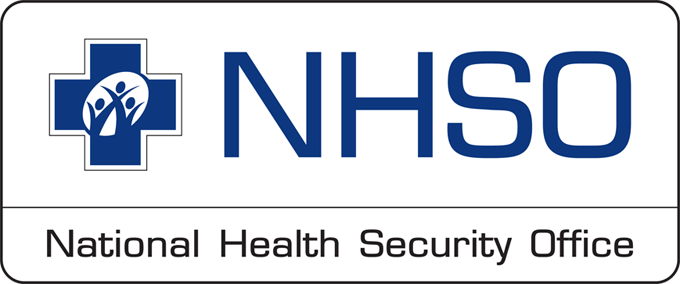
- Home
- DescriptionNews
SADAO District: Handle with influx of people at the border and rumors
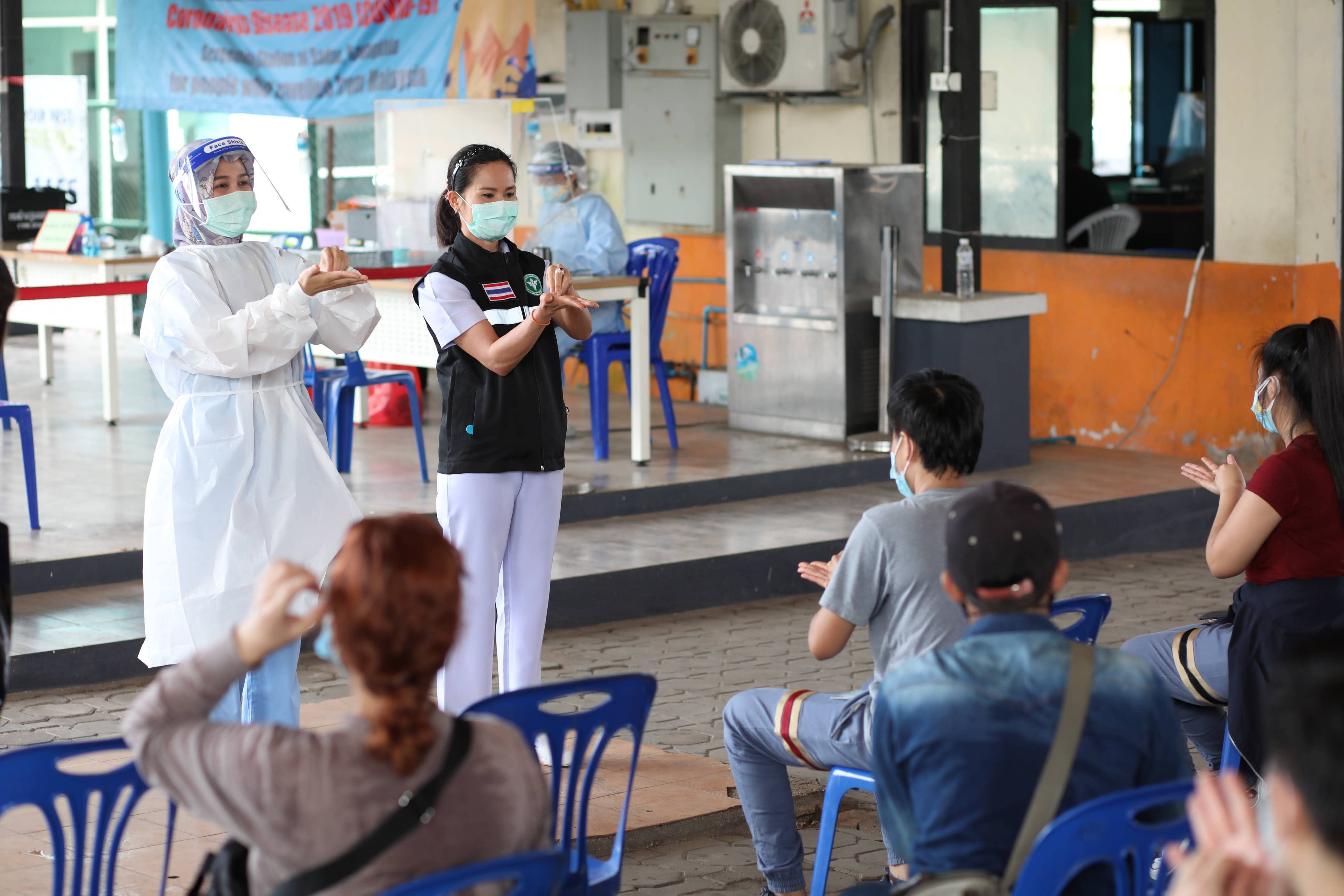
SADAO District: Handle with influx of people at the border and rumors
Last year, COVID-19 spread to most parts of Thailand including Sadao, a district on the Thai-Malaysian border in Songkhla Province.
Despite the distance from cities where the confirmed cases were concentrated, local communities in Sadao were erupted with fear after some immigration officials there tested positive for coronavirus in April. Local authority suspected them of contracting the virus from the truck drivers who delivered goods back and forth across the border.
The anxiety in local communities hiked when around 60 people, mainly undocumented migrants, in the Immigration Police Office’s detention center were found theme tested positive too.
As the border can be crossed on foot, hundreds of Thai immigrants in Malaysia were found sneaking through the border for returning home. This geographical context created a challenge for local authorities and health workers who must handle both local transmission cases and the flux border.
Eventually, they were able to effectively control the spread of the coronavirus--with only 142 total confirmed cases today.
How did they make it? The Tuesday virtual field trip at the sideline of the Prince Mahidol Award 2021 revealed.
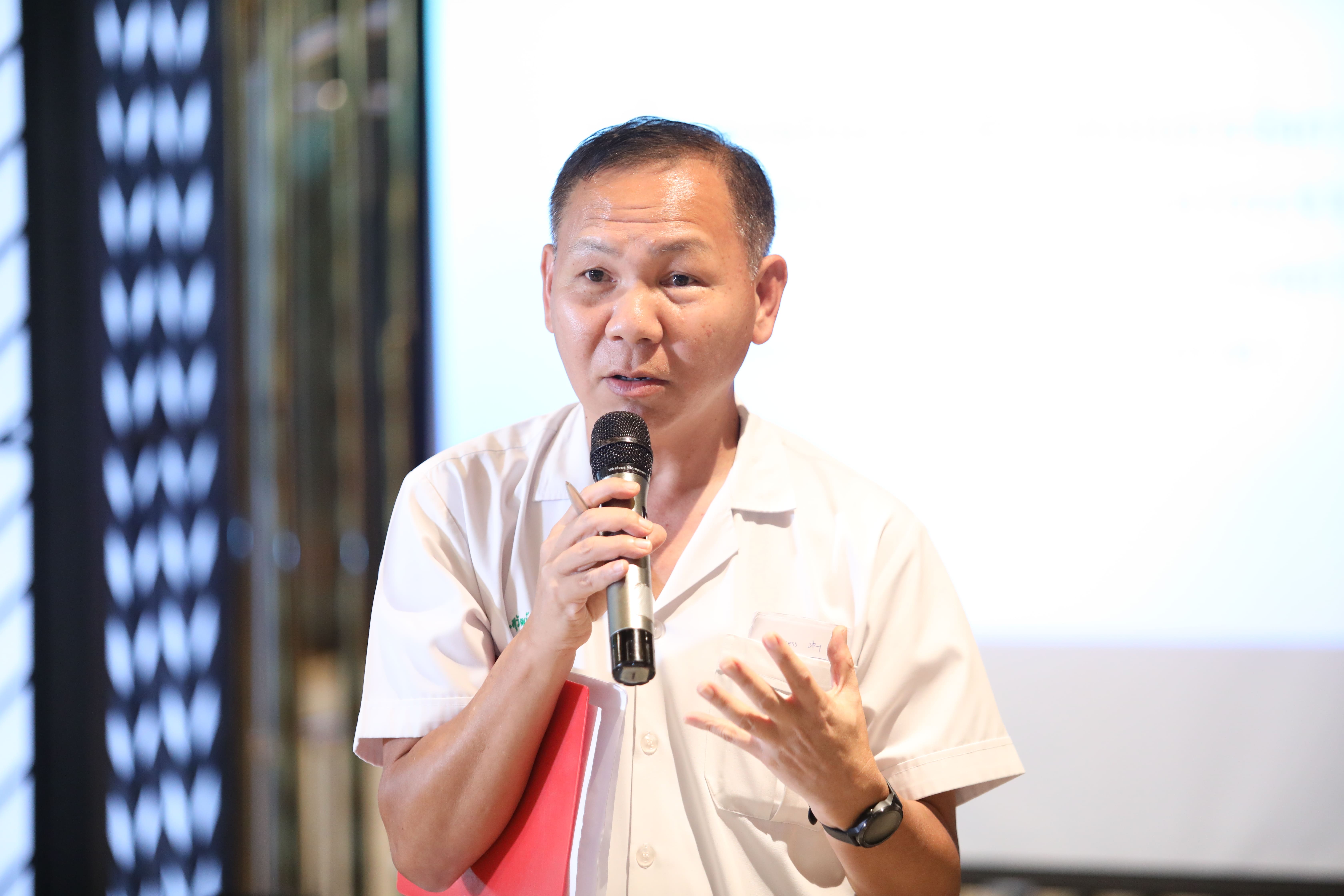
ENGAGE IMMIGRATION OFFICER
During the height of the pandemic, Dr Suwat Wiriyapongsukit, Director of the Sadao Hospital in Songkhla Province, worked tirelessly with his team to track people crossing the border.
They set up a field hospital and tested everyone who entered the border. But only the effort of health workers was not enough to control the spread of the coronavirus. They must engage immigration police officers who oversaw the border and had insight information.
“We operated an online training course for immigration police officers and built their capacity on screening and disease surveillance. They also learned how to reduce their risk of exposure to the coronavirus while on their duty,” said Dr Suwat.
“In the middle of the challenge, we can solve problem if we came up with good tactics and teamwork.”
The training course was developed by his team and staff of the Faculty of Medicine, Prince of Songkla University. Each officer many check-in online when starting their duty.
Their body temperature was monitored. They were also provided with Personal Protective Equipment (PPE).
TACKLE RUMORS
Rumors and false news about the COVID-19 was another challenge faced by health workers at the beginning of the pandemic. Because villagers not yet understood how the disease transmitted.
When the first local confirmed case was detected in Sadao, the whole communities when panic. The neighbors living close to the house of the man identified as a confirmed case forced his family to stop selling food for over two months. Soon the false news about the discovery of many new cases spread. Home quarantine was not allowed in some communities.
“We must hold a discussion with villagers to explain to them about COVID-19. We invited representatives from local administrative organizations, subdistrict health units, and local leaders,” said Dr Suwat.
The discussion concerned the nature of coronavirus transmission and the methods to prevent it. Then they conveyed the message to villagers to calm them down.
“When we communicated with villagers, they soon turned their panic into empathy. The first confirmed case eventually received a warm welcome from villagers when he was recovered and released from the hospital.”
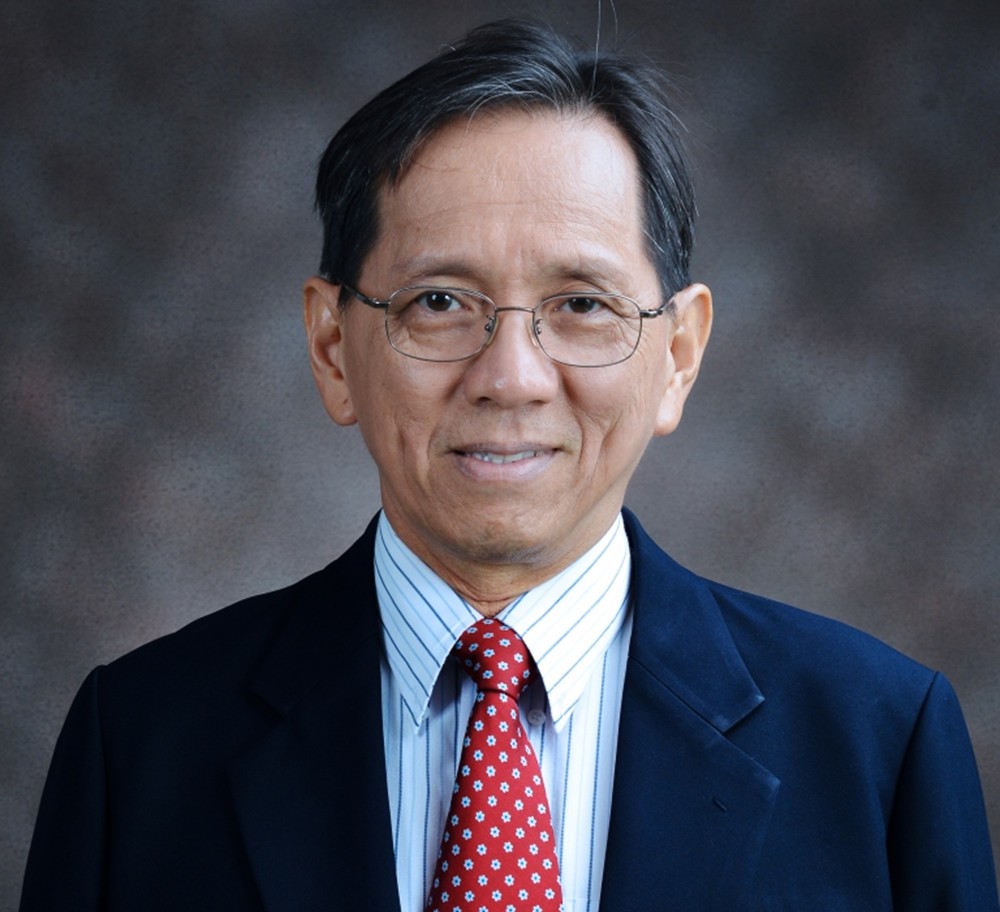
Professor Dr.Virasakdi Chongsuvivatwong, Epidemiologist from Prince of Songkla University said that the challenge had remained for undocumented migrant population.
As Songkhla hosts several industrial factories, there are some undocumented workers who hide from the public eyes in fear of being caught up --- despite Thai hospital offer free COVID-19 testing and treatment to everyone regardless of race and document status.
“We have to learn more about how to solve this problem,” said Prof. Dr Virasakdi.
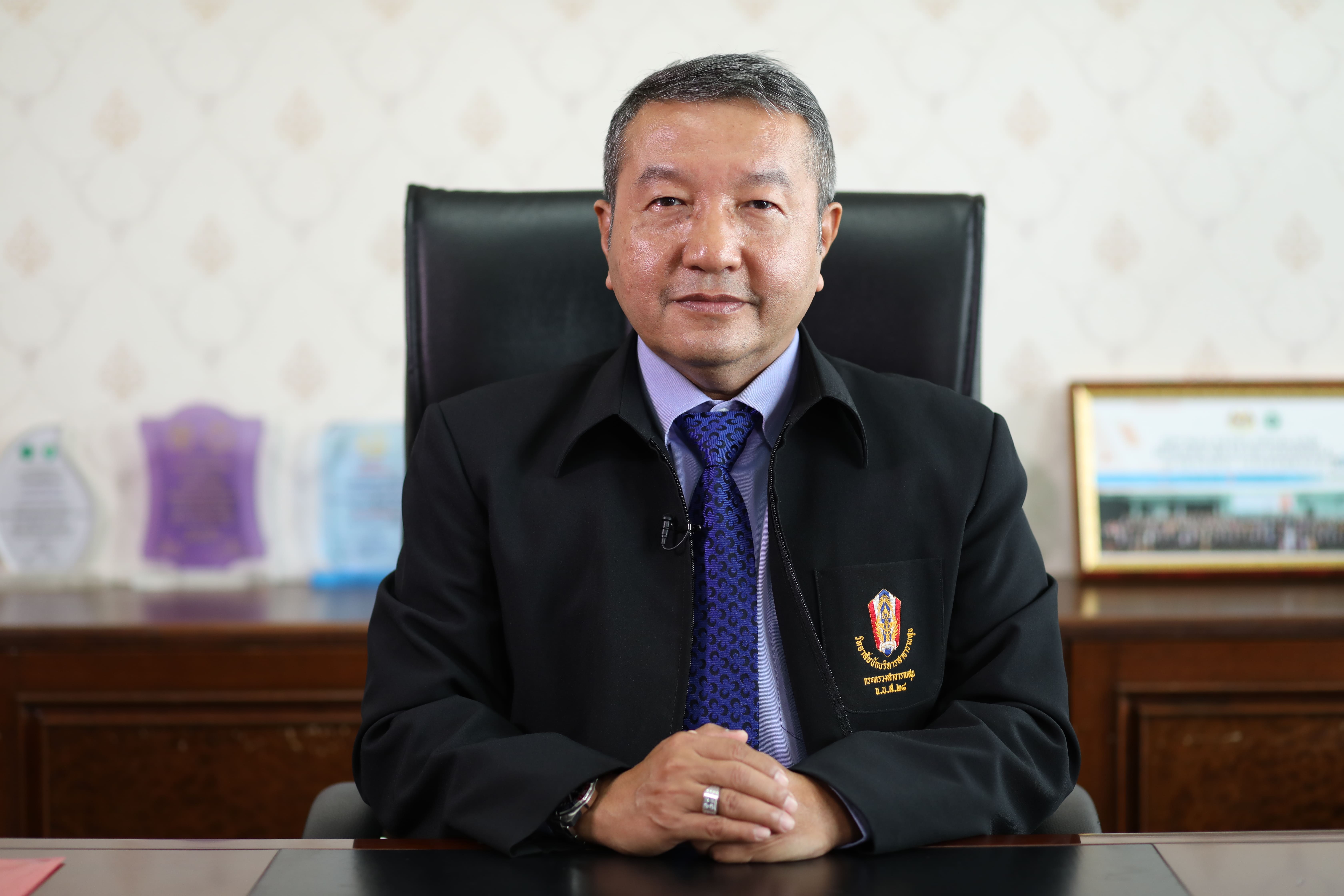
A PROVINCIAL COMMITTEE
As people flux at the Thai-Malaysian border, Sadao authority turned the hotels located near the border into state quarantine facilities. People crossing the borders from Malaysia, even with a normal health condition, were required to stay at the state quarantine facility for at least 14 days
“At first, we expected hundreds of thousands of cases. We prepared a lot of resources; negative pressure rooms and respirators. We also organized cohort ward in every zone in Songkhla,” said Dr Utissak Harirattanakul, Songkhla Provincial Chief Medical Officer.
Songkhla governor set up the Communicable Disease Committee joined by multi-stakeholders, including health experts, university academics, local administrative organizations, and local businesses. They had a daily meeting to asset the situation and decide the strategy to respond to new cases and emerging situations.
The network of village health volunteers also played an essential role, by delivering information about the suspected cases in local communities to the doctors and committee.
“Each of us must collaborate during the crisis. We don’t blame each other. We don't blame patients,” said Dr Utissak.

